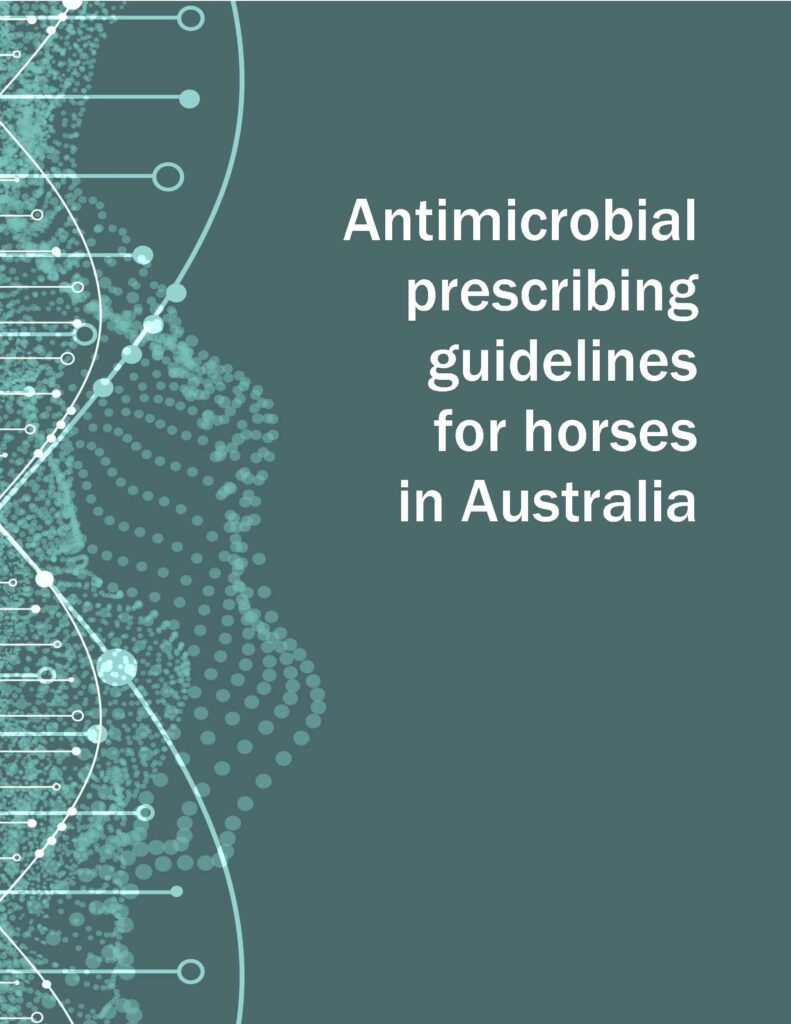Snapshot: Antimicrobial prescribing guidelines for horses
This document represents the first comprehensive resource providing detailed guidance on the management and treatment of common bacterial diseases in horses in Australia. Key highlights...
 THOROUGHBRED HORSES
THOROUGHBRED HORSES 
260 pages
Published: 28 Oct 2025
Author(s): Associate Professor Laura Hardefeldt, Dr Leanne Begg
ISBN: 978-1-76053-593-3
Download report PDF
DownloadAntimicrobials are commonly used to treat equine infections, but complications with therapy are also relatively common. Antimicrobial-associated diarrhoea (Section 6), immune mediated diseases and nephrotoxicity (Table 1) have been reported as sequelae of antimicrobial therapy in equine practice. This does not indicate that clinicians should avoid using these drugs, only that knowledge of the potential for adverse effects is critical when deciding on the most appropriate antimicrobial to use and can assist in avoiding serious side-effects, wherever possible, or at least in detecting and responding to them early.
The growing problem of antimicrobial resistance also affects equine veterinarians with increasing frequency. Antimicrobial stewardship and responsible prescribing are essential for a future in which effective antimicrobials are available, as it is unlikely that new antimicrobials will become available for use in horses. Australia’s conservative regulatory approach has prevented the registration of antimicrobials (such as 4th generation cephalosporins) that are available elsewhere, and the antimicrobial development pipeline is struggling to attract investment, so few new antimicrobial agents, let alone novel classes, are currently in development.